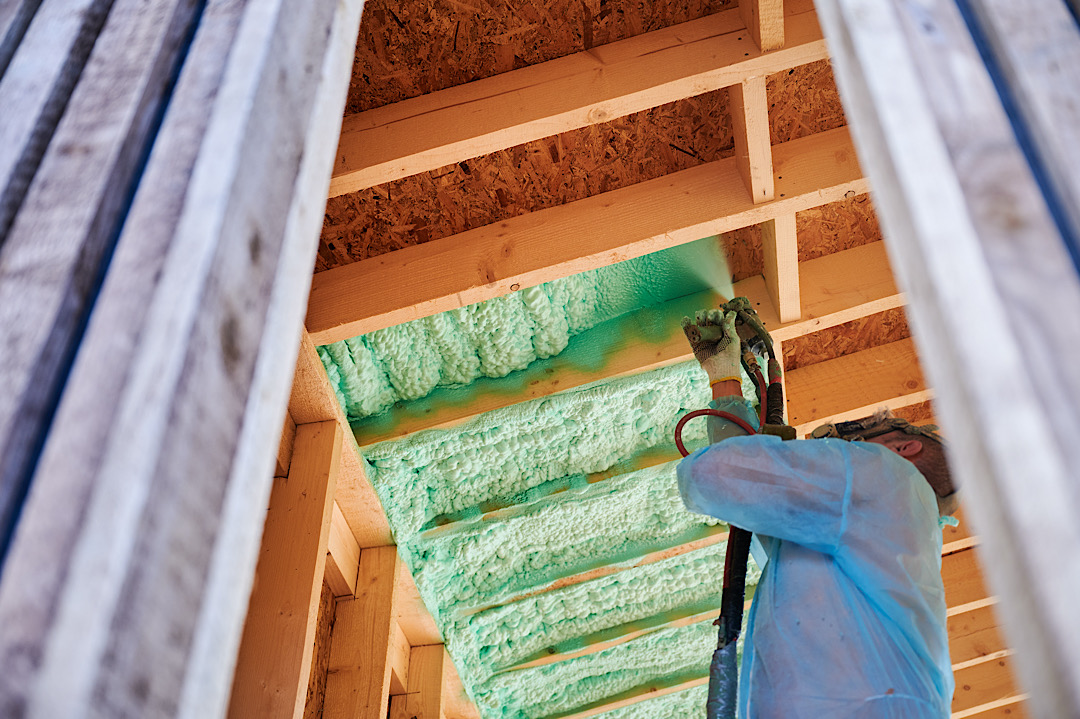
As Earth Day approaches, it is an opportune time to explore how improving home insulation can significantly enhance energy efficiency and contribute to eco-friendly living. This article delves into the benefits of insulation upgrades, the various types of eco-friendly insulation materials available, cost-effective strategies for insulation, and the long-term impacts of improved insulation on both the environment and household energy consumption.
Benefits of Insulation Upgrades
Upgrading home insulation is one of the most impactful ways to enhance energy efficiency and reduce environmental footprint. Proper insulation helps in maintaining a consistent temperature within the home, reducing the amount of energy required for heating and cooling. This not only lowers energy bills but also minimizes the strain on our power grids and reduces greenhouse gas emissions.
According to the Department of Energy, heating and cooling account for about 50% to 70% of the energy used in the average American home, making it the largest energy expense for most homes. Improved insulation can reduce the demand for heating and cooling by providing an effective resistance to the flow of heat.
Types of Eco-Friendly Insulation
Several types of eco-friendly insulation materials can be used to improve home energy efficiency. These include:
Cellulose: Made from recycled paper products, primarily newspaper, and treated with borate for fire and pest resistance, cellulose is one of the most eco-friendly options available.
Sheep’s Wool: Sheep’s wool is naturally fire-resistant and also provides excellent thermal and acoustic insulation. It is capable of absorbing and releasing moisture without reducing its thermal properties.
Cork: Harvested from the bark of cork oak trees without harming the tree, cork is a sustainable and renewable resource that also provides good thermal and acoustic insulation.
Recycled Denim: Made from recycled blue jeans, this type of insulation is free from chemical irritants and is excellent for thermal insulation and soundproofing.
These materials not only help reduce the environmental impact but also improve indoor air quality by avoiding the use of fiberglass and other synthetics that can emit volatile organic compounds (VOCs).
Cost-Effective Strategies for Insulation
Improving home insulation can be achieved without significant upfront costs. Here are some cost-effective strategies:
Focus on Attic Insulation: Since heat rises, one of the most effective ways to improve your home’s efficiency is to ensure your attic is well insulated. This can prevent heat loss in winter and keep your home cooler in the summer.
Seal Windows and Doors: Sealing gaps around doors and windows can prevent air leaks, which are a major cause of energy loss. Weatherstripping or caulking these areas is an inexpensive way to improve insulation.
Add Insulation to Existing Walls: Adding blown-in cellulose or injecting foam insulation into existing walls can dramatically improve a home’s thermal performance without the need to remove interior drywall.
Long-Term Impacts of Improved Insulation
The long-term impacts of improving insulation extend beyond just energy savings and reduced utility bills. Enhanced insulation contributes to:
Reduced Greenhouse Gas Emissions: By decreasing the amount of energy needed for heating and cooling, insulation reduces the reliance on fossil fuels, thereby lowering greenhouse gas emissions.
Increased Home Comfort and Health: Proper insulation eliminates cold drafts and hot spots in the home, contributing to a more comfortable living environment. It also reduces the risk of mold and mildew growth, which are associated with high levels of moisture and poor insulation.
Higher Home Resale Value: Homes with upgraded insulation and energy-efficient features often enjoy higher resale values and are more attractive to buyers looking for sustainable homes.
Upgrading home insulation for Earth Day is a practical way to contribute to environmental sustainability while enhancing personal comfort and reducing household energy costs. By choosing eco-friendly materials and implementing cost-effective strategies, homeowners can enjoy the benefits of improved insulation and participate in the global movement towards a more sustainable future.